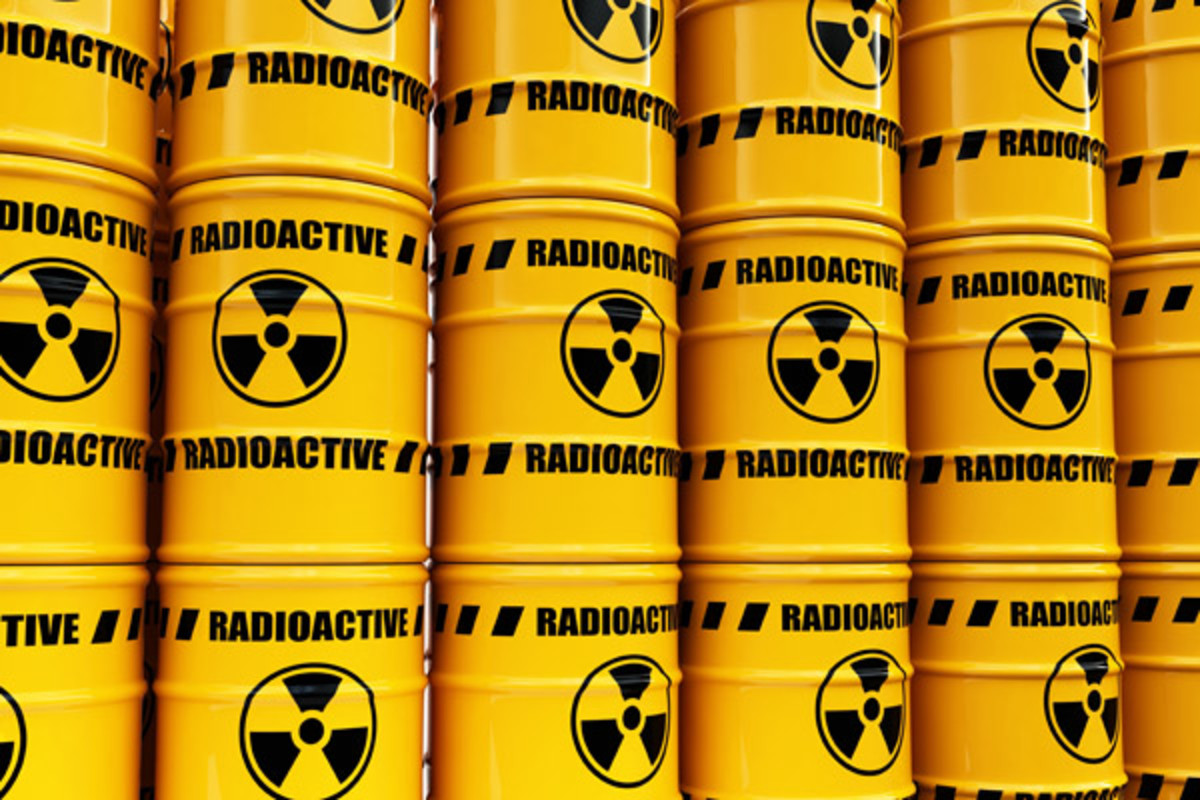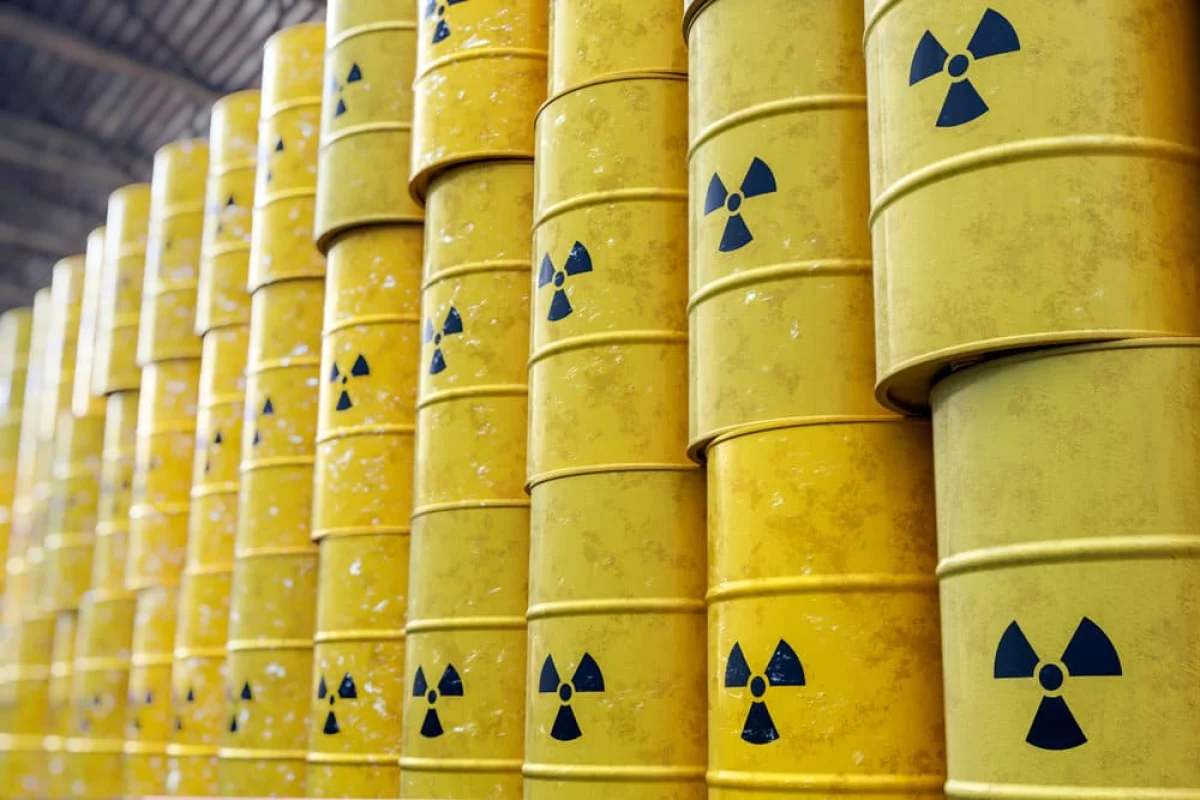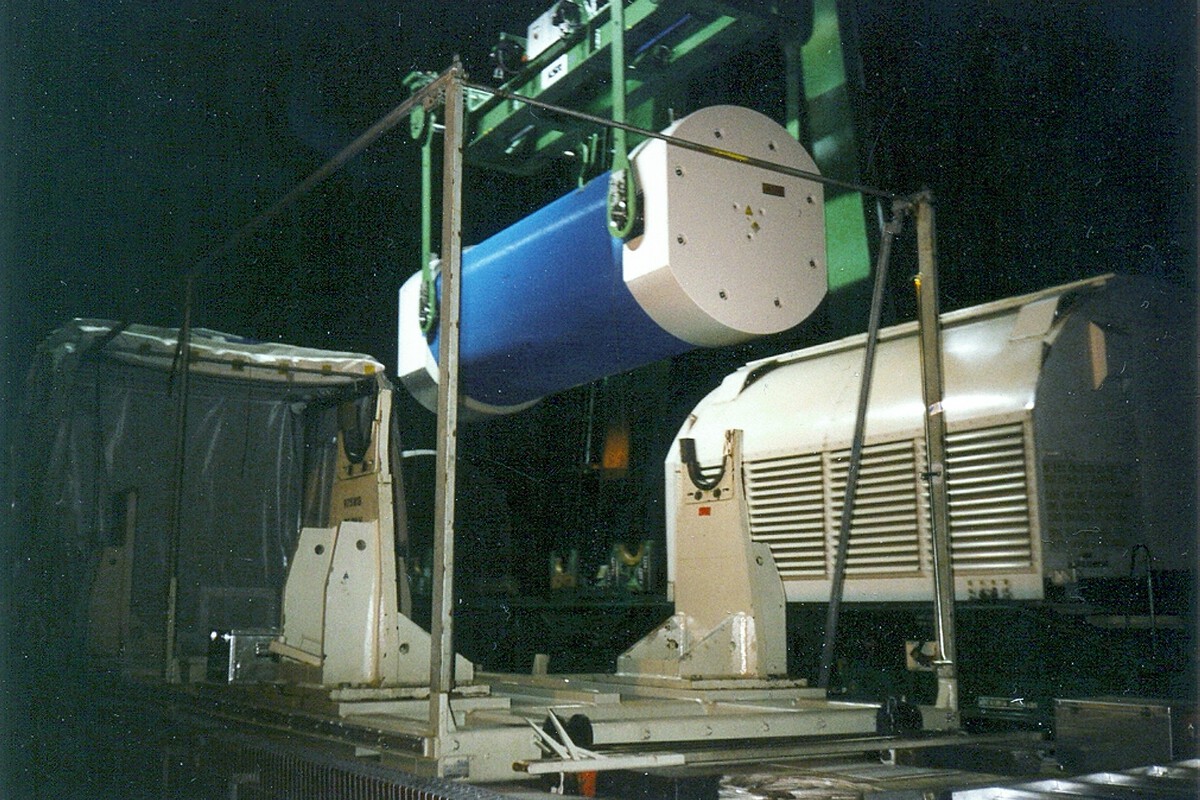A very special cargo has arrived on the German coast. The Pacific Grebe, a special nuclear waste transport ship, docked at the port of Nordenham, in north-west Germany, carrying highly radioactive waste from the United Kingdom. On arrival, it was met by anti-nuclear activists and a strong police presence.
The controversial delivery. In total, seven Castor-type nuclear containers, each four meters long and weighing more than 100 tons. More than 700 tons of nuclear waste in total for this shipment alone.
This is high level waste (HLW) that undergoes a vitrification process. That is to say, it is mixed with liquid silicates and poured into stainless steel cylinders that are hermetically sealed once the glass has solidified. These cylinders are then placed in Castor containers, made of cast iron and stainless steel, a robust shield against radiation.
They are German waste. The remains of the reprocessing of nuclear fuel used in old German power stations, which until 2005 was sent to facilities such as Sellafield in the UK and La Hague in France.

Although Germany closed its last nuclear power plants in 2023, it has a contractual obligation to recover the waste. This is the second of three planned shipments from Sellafield to complete the repatriation of German nuclear waste. The first arrived in 2020 and was stored in Biblis. Shipments from France will be completed in November 2024.
Once in Nordenham, the Castor containers are moved by crane onto a special train. Before setting off on their journey by land, technicians take measurements to ensure that the radiation levels comply with legal limits. The train takes the waste to an interim storage facility in Niederaichbach (Bavaria), next to the former Isar nuclear power plant. The exact route is kept secret for security reasons.
Why the protests? The arrival of new waste has rekindled the debate and nuclear opposition in Germany. Groups such as Ausgestrahlt (“Irradiated”) and Castor-Stoppen (“Stop Castor”) have organized the protests. They argue that every movement of these materials “carries an enormous risk” and criticize the fact that the waste is being moved to temporary storage, instead of waiting for a definitive deep geological burial site.
Moving them now, they say, “only postpones the problem and does not solve it”, and they are calling for the waste to be transported only once to its final destination. More protests are expected along the route that the train will presumably follow, including in cities such as Bremen and Göttingen. There is a heavy police presence around these transports.
The temporary storage facilities. Germany faces the challenge of managing some 27,000 cubic meters of radioactive waste accumulated during 60 years of nuclear power. For now, these materials are stored in 16 temporary storage facilities scattered throughout the country.

The search for a deep geological repository in which to bury them definitively is underway, but it is a long and complex process, as Finland has shown, an example now being followed by countries that are closing their nuclear power plants, with Germany and Spain in the lead.
In short, Germany is fulfilling its international obligations by bringing back its own nuclear waste. That is what it promised to the UK and France. But each shipment reopens the wound of an unresolved problem: the lack of a permanent and safe home for the most delicate legacy of its nuclear era, which generates concern and protests among part of its population.









